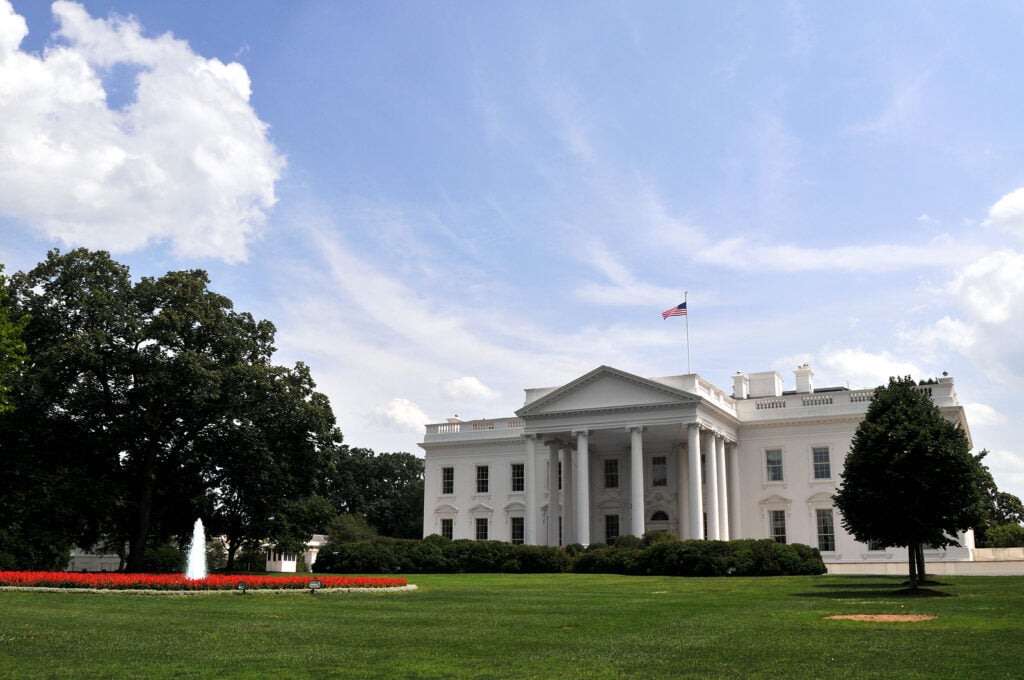“No More Solyndras Act”
Representative Cliff Stearns recently introduced the “No More Solyndras Act,” which would exercise more oversight of the $16 billion federal program that loaned $528 million dollars to the now-bankrupt solar manufacturer Solyndra and subsidized other clean energy companies that have had subsequent financial troubles. An up-to-date list of these companies can be viewed on IER’s Stimulosers report here.
The “No More Solyndras” bill would prohibit any new loan guarantees from being issued under the Department of Energy’s Section 1705 program, and would require more oversight of pending and existing loans that the agency has already made commitments for. Specifically, the act would give the Secretary of the Treasury oversight of decisions regarding current loan guarantees, and requires the Secretary of Energy to explain his or her reasoning is that decision is not followed. These decisions must be reported back to Congress, placing responsibility back on the lawmakers that authorized the program to ensure it is properly administered.
The “No More Solyndras” legislation would also make a crucial change to existing loan guarantee terms that would stipulate that taxpayers are the senior debt holders, even if the loan is restructured. That means that the taxpayers are paid back first if a company goes bankrupt, rather than being last in line in the case of Solyndra.
While millions of dollars in government subsidies can keep any business afloat for a time, the fact that so many of the companies that received government assistance have failed within a few years’ time is a testament to the folly of attempting to pick winners and losers in the marketplace. The Section 1705 program has demonstrated that government bureaucrats lack neither the knowledge nor the expertise to make decisions on what technologies will best fulfill consumers’ energy needs—rather, superior, cost-effective products typically arise from the competition that subsidies insulate companies against.
Moreover, allowing government employees to make decisions about how to disburse billions of taxpayer dollars—the loss of which is of no risk to them—provides incentives for abuse when oversight is lax. Such has been the case with politically connected firms receiving funds. Solar company BrightSource energy is a prime example of how the loan guarantee process can become entangled with political considerations: released emails showed that the chairman of the company, which received $1.6 billion for a solar installation in California, had corresponded with officials in charge of the program right before the loan guarantee came through. The chairman, John Bryson, was also subsequently chosen by President Obama to be the Secretary of Commerce. Another individual involved with BrightSource was also “installed at the Department of Energy advising on energy grants.” The revolving door of loan guarantee recipients and decision makers in Washington is troubling, and additional scrutiny would mitigate opportunities for improper influence to play a role in the administration of public monies.
The “No More Solyndras Act” is an attempt to restore fiscal discipline to Washington, and its passage would help bring transparency to a process that has subordinated the taxpayer’s interests to that of politically connected companies. Whether it becomes law remains to be seen, but it should nonetheless be regarded as a bellwether for determining if Congress is truly serious about cutting wasteful spending.


